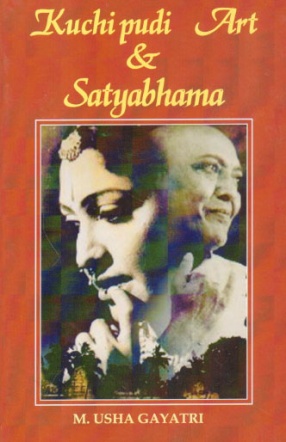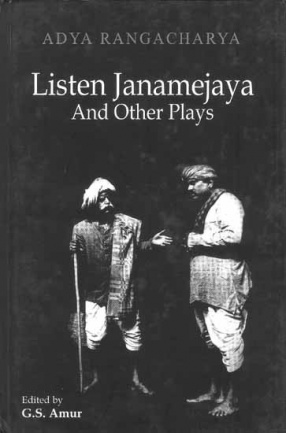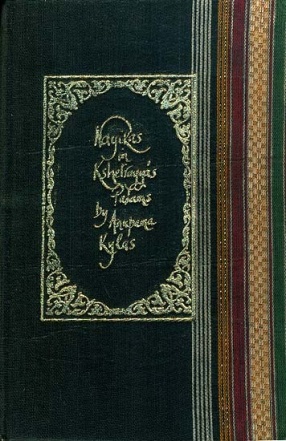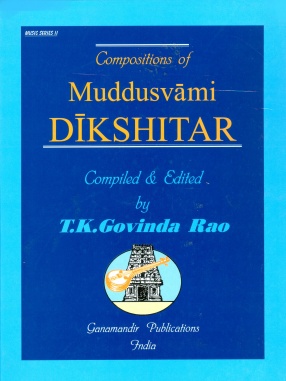Kuchipudi Art and Satyabhama
Kuchipudi is a well known classical form of India. It has centuries of history. Siddhendra Yogi is considered to be the creator of Kalapa tradition, a rare format in kuchipudi style of presentation. The kalapa created by Siddhendra Bhamakalapam revolves round the prime character Satyabhama the most beautiful, lovable and egoistic queen of Lord Krishna. We can find the total representation of Bharatasastra in this Kalapa, Kavyalakshanas are also attributed to it. Satyabhama is an embodiment and personification of Sringara rasa and a synonym for the eight different stages in a Sringara nayika. The main object of this work is to discuss the development of Satyabhama’s character as penned and depicted in kavyas i.e. on the literature side to Siddhendra’s Kalapa. (from Nannaya of 11th century to various poets of 18th century). Siddhendra adorned Satya with precious jewels and other specific ornaments which represents the nature. Then the presentational aspects of Satyabhama in Bhamakalapam performed in Kuchipudi, Konaseema and Toorpu bhagavata styles, external and internal expressions, musical aspects, variation in scripts and the most important, significant and attractive feature and techniques in Female impersonation. Earlier in introduction the details of Indian dance and its origin, religious elements, vicinity and history of Kuchipudi dance are discussed widely. To know about Kalapa, we need to know about Yakshagana the dance drama tradition which is an amalgamation of music, dance and drama, the evolution and etymological meaning of kalapa. The journey of Satyabhama from kavyas to kalapa, wherein shedding of self, the total remorse of Satya is the main criteria. The Kalapam is an example of Madhura Bhakti the eternal relationship between jeevatma and paramatma. The ultimate saranagati or samarpana is not merely a passive submission but an active self giving. In the whole episode of Bhamakalapam, the role of Madhavi the sakhi of Satyabhama is vital, unique and instrumental in bringing together the jeevatma and paramatma. The valuable information provided in this book will be quite useful not only to the artistes and art lovers of present and future generations, but also for the benefit of students and teachers as a valuable resource and reference book.
Contents: Preface. 1. Introduction. 2. History of Kuchipudi. 3. The evolution of Kalapa tradition in Andhra Pradesh. 4. The character of Satyabhama in Telugu literature. 5. Presentational aspects of Bhama Kalapam in Kuchipurdi tradition. 6. The portrayal of Satyabhama in other regions. Conclusion.
Get it now and save 10%
BECOME A MEMBER







Bibliographic information